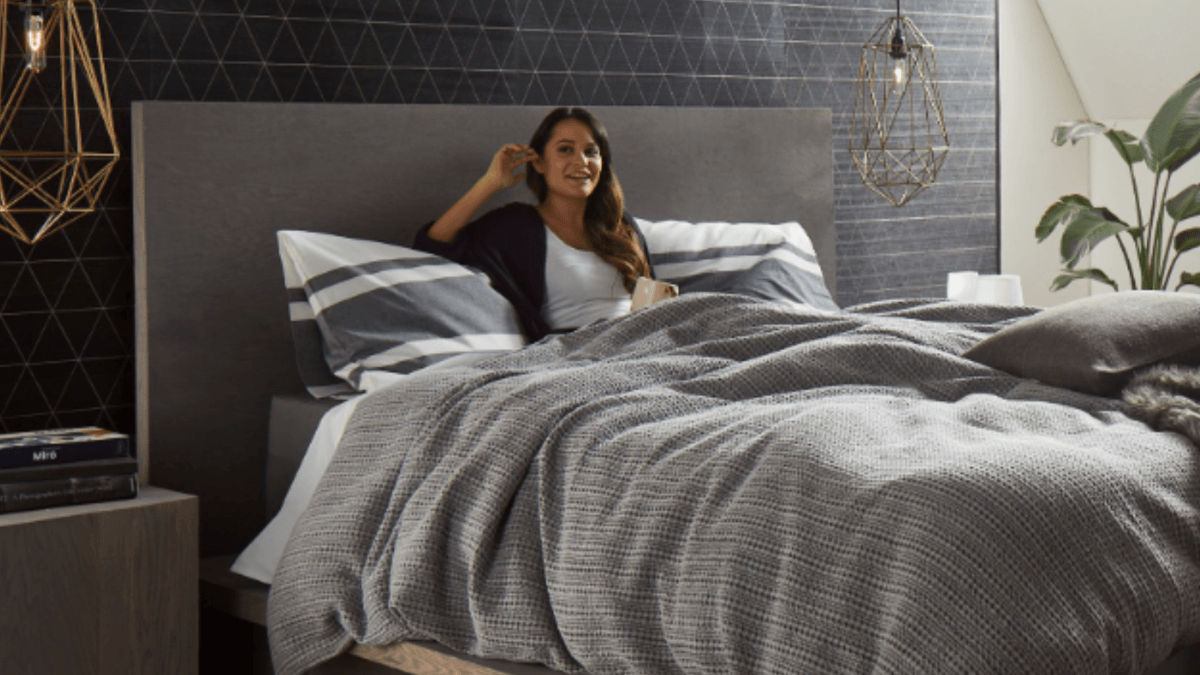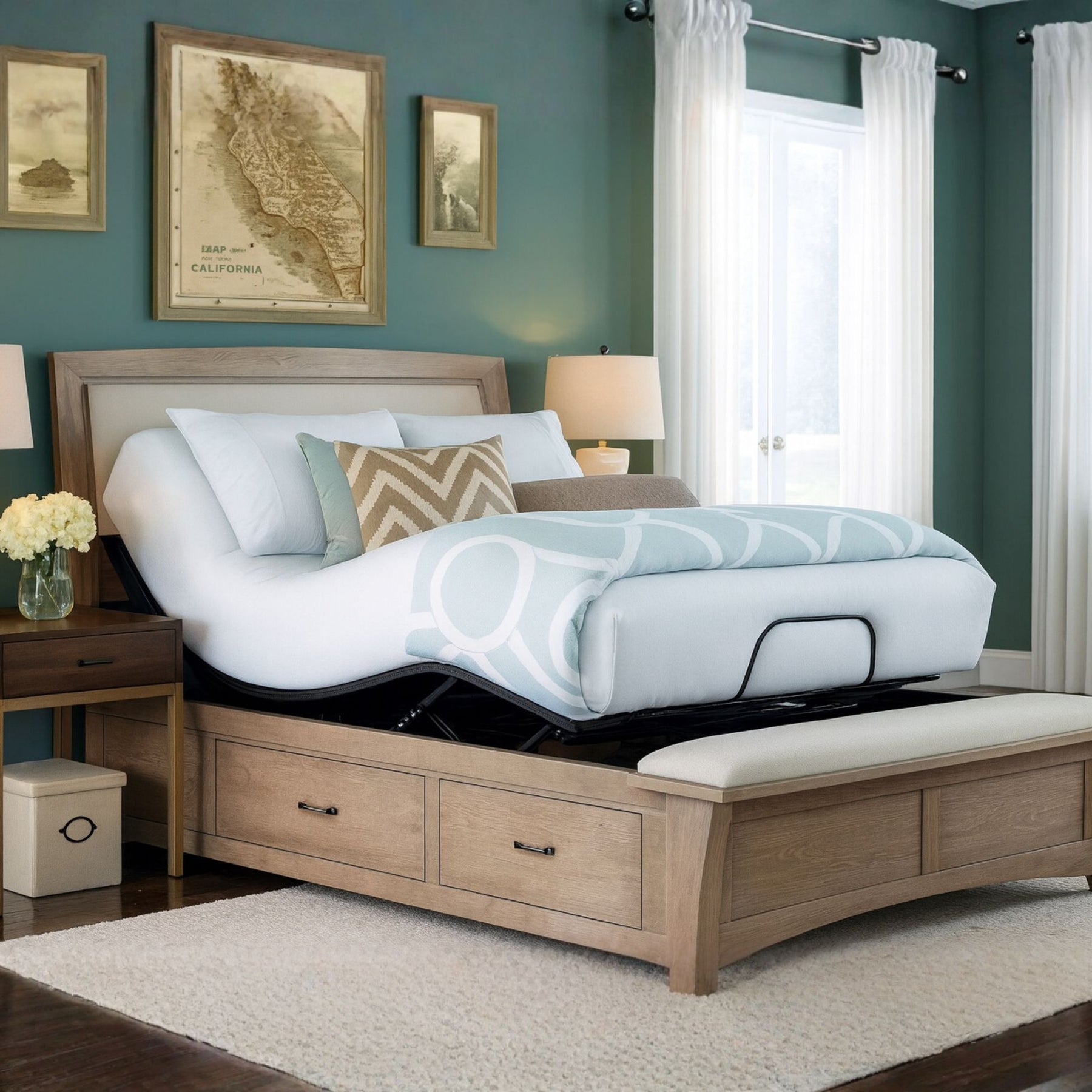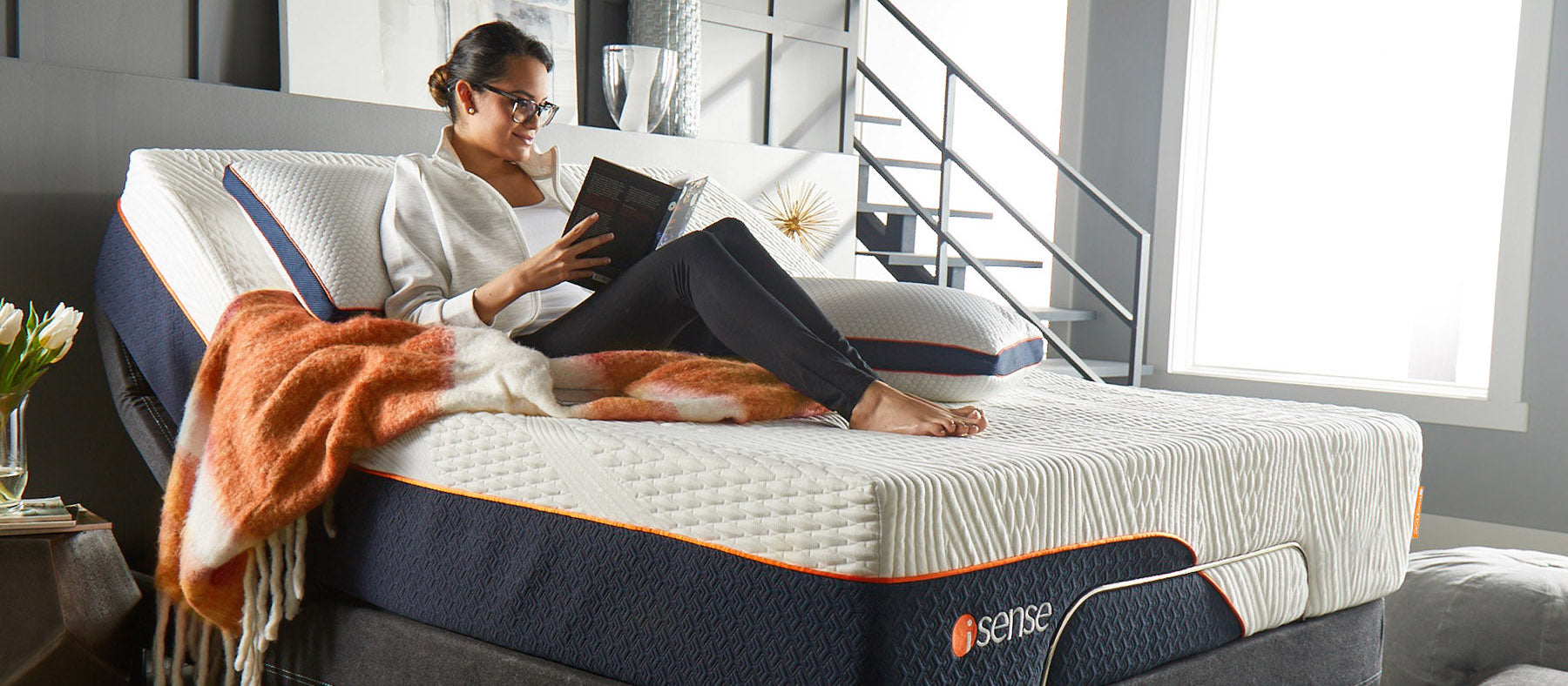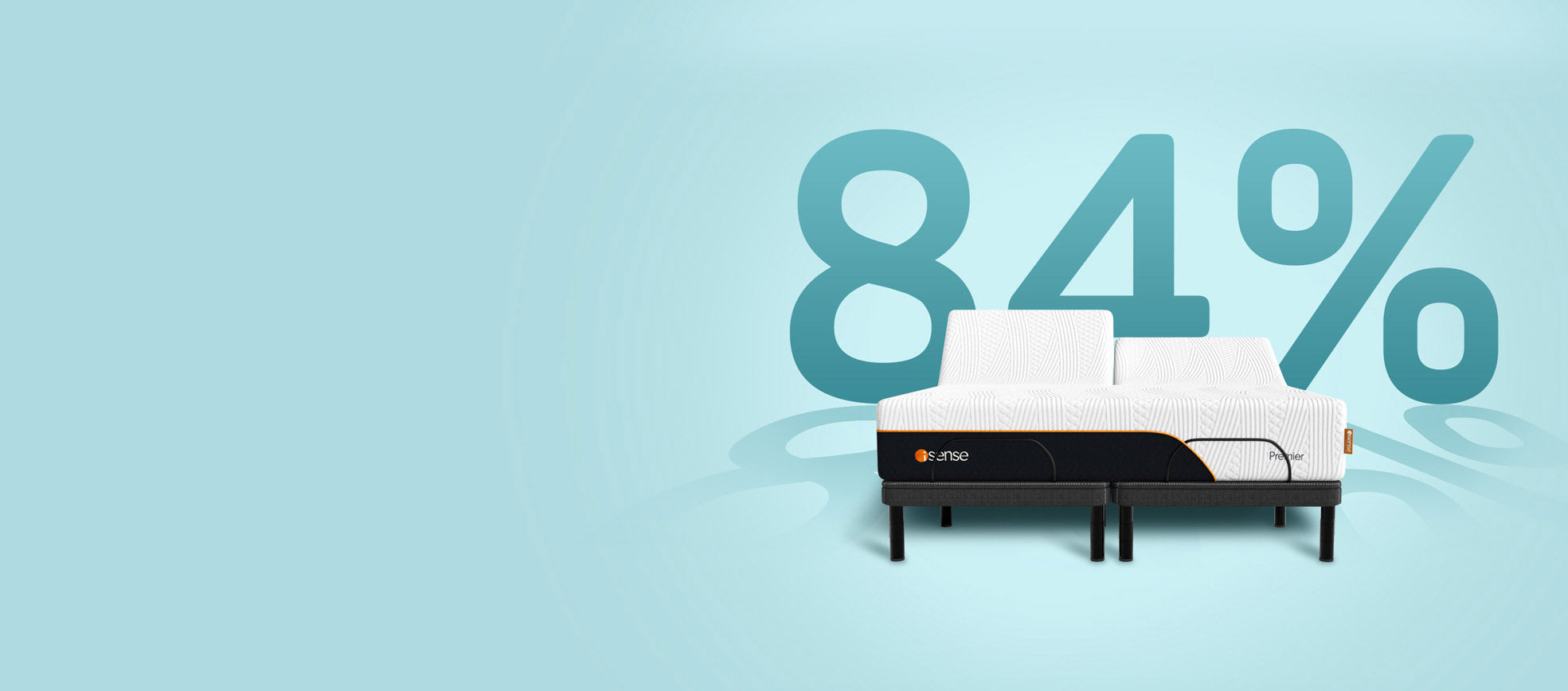Duvets and comforters are the most popular bedding types worldwide, accounting for about 30 percent of the bedding market. These are the same thing. They are used to cover your split firmness mattress and keep you warm. It is no doubt that duvets and comforters are becoming more and more popular. Their design and ease to use made them stand out from other bedding types like quilts, blankets, and bedspreads.
The difference between a duvet and a comforter is that a comforter is smaller, so it can only cover a part of the bed. The advantage of using a duvet is that it keeps you warm. It will also add a more luxurious look to your bedroom. Also, it's easier to make the bed than a normal bed sheet because you don't have to make the top sheets or extra blankets anymore. The duvet is usually larger than the bed, so all you have to do is tuck it in, and you're good to go.
The fact is, they are also alike. Let's break down the similarities and the key differences so that you know exactly what the difference between a Comforter and a Duvet is.
What Is a Duvet?
Duvet is a terminology used in the United States and Canada to describe a comforter. It is a reversible cover filled with down or feathers, which covers a bed's top sheet. It is also called a comforter cover or a duvet cover. Duvet is a cover itself, and you can use it to cover another comforter or quilt. It is made of the same fabric material as a blanket but is much lighter. In the United States, the word duvet is a registered trademark of the Down and Feather Company, a division of the Mohasco Corporation, according to the U.S. Patent and Trademark office.
Duvet. It's a word that sounds like it should be French. You've probably heard of it, but you've never really known what it is. In a nutshell, a duvet is a light-down comforter. But there's much more to it than that. It's like a miniature sleeping bag that's filled with feathers. It's lightweight, soft, fluffy, and the perfect addition to your bed. The duvet cover adds an extra layer of protection to keep the feather filling from poking your body while you sleep. Duvet covers are smart beds that have some technologies built into them. These technologies are designed to help you get the best sleep possible. The bed has a built-in heating and cooling system, as well as many sensors and other technologies to help you improve your sleep. Here are some pros and cons of Duvet that are mentioned below:
The Pros:
- It is a blanket with a certain structure that helps you stay warm during cold weather.
- It is made of two fabrics: one that holds in the heat and lets it out.
- The fill matererials are polyester fibers that keep the heat in.
- Duvet inserts are placed inside the cover and can be removed for easy laundering. The duvet cover is a cover that is placed on top of the duvet insert. It is a cloth cover that protects the duvet insert from dirt, dust, and stains. Both the cover and the insert are machine washable.
- Duvets are a great choice for people who live in areas where the weather is always cold.
- The duvet is lighter and more convenient to use.
- It has two sides. It is very comfortable to sleep under such a blanket in the summer and the winter.
The Cons:
- A washable duvet cover can be a bit more challenging to clean than your typical comforter and may require dry cleaning.
- They also tend to flatten over time, which can be frustrating.
- Additionally, duvets might be warmer than you want them to be during winter months. However, one benefit of duvets is that you can change the filling depending on the season. So, if you want a warmer duvet, you can switch out the filling for something heavier. Just be aware that the filling can sometimes clump up.
- Lastly, duvets can be challenging to assemble, but it's doable with little time and effort.
What is a Comforter?
A comforter is a quilted blanket, usually filled with down feathers. The main difference between the comforter and the duvet lies in its thickness. A comforter is usually thicker than a duvet, although comforters sometimes refer to as duvets. The word comes from the Latin word 'comfort,' which means to comfort. Comforter serves as the top sheet cover and is usually used in colder climates, but they are used in other places as well. Comforters are soft bedding sets to be used in the winter season mainly. Usually, the bedding set comes with a comforter made to look layered on your bed, with pillowcases, pillow shams, a flat sheet, and a fitted sheet. They are designed to be used without modification, and no need for additional cover since it has a built-in one. Although, some people prefer them with an additional blanket during colder seasons. The comforter covers the bed and the one who is sleeping on the bed.
Typically, comforters tend to be flatter and thicker so that the person who is sleeping on them feels warm and soft so that the person who is sleeping on it feels comfortable. It is made of wool, cotton, and other materials. The comforter is to be used in the wintertime. The person sleeping on the comforter feels very comfortable and warm, as the comforter is a thick blanket made of soft material. The comforter is a sheet-like thing but thicker than the normal sheet.
The Pros:
- Comforters are the warmest, softest, and coziest blankets you can find. It is a big fluffy blanket created with different materials like cotton, wool, and rayon (to name a few).
- The comforter is a very large blanket with varying degrees of thickness, depending on the materials used.
- You can have different sizes of comforters based on their weight, like a queen-size comforter, which weighs around 7 to 8 pounds.
- It is a textile bedding available in various forms and sizes, sure to give you the comfort you need on a chilly night.
- A comforter is the kind of blanket you probably use every night. It's a blanket designed to be wrapped around your body, mainly to keep you warm.
- It is made from cotton, wool, polyester, and down materials quilted together to keep them evenly distributed.
The Cons:
- The biggest downside is that most comforters are harder to clean. If you spill something on your comforter, you'll need to wash it completely rather than spot-treating a problem area.
- Some comforters are also harder to care for than a duvet. For example, some comforters are made with a poly-cotton blend, which means they'll need to be dried on a low heat setting.
- Comforter requires frequent washing and the process can be a lot more work than changing your bedding.
Bottom Line
Hopefully, this blog post has helped you better to understand the difference between a new duvet or comforter. From a style perspective, duvets are the more modern choice – but if you prefer a traditional look, you'll find that a comforter is likely a better choice. Either way, purchasing a new comforter or duvet offers plenty of benefits. For example, you can add a pop of color to your bedroom or sleeping space if you choose a comforter or duvet patterned or embellished with decorative stitching.
Additionally, you’ll be able to experience a more restful night’s sleep, thanks to the additional warmth and comfort these bedding accessories provide. Lastly, you’ll breathe easier at night if you opt for a material that doesn’t release allergens into the air (like a down comforter or duvet). We at iSense hope you have found this blog helpful. Thanks for reading!














